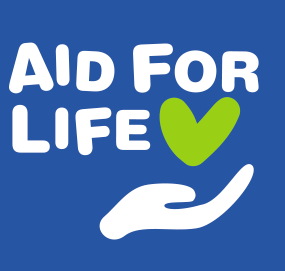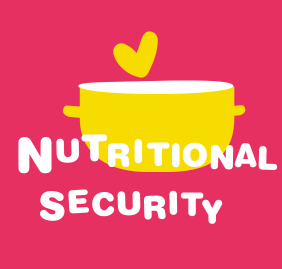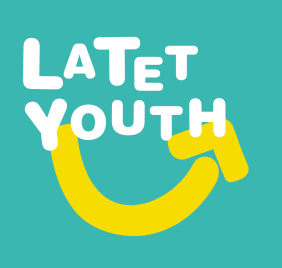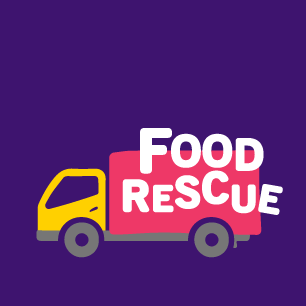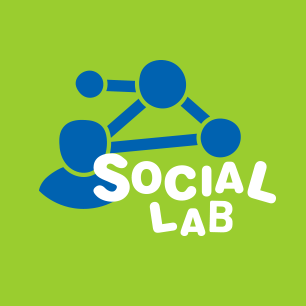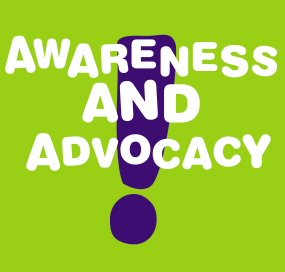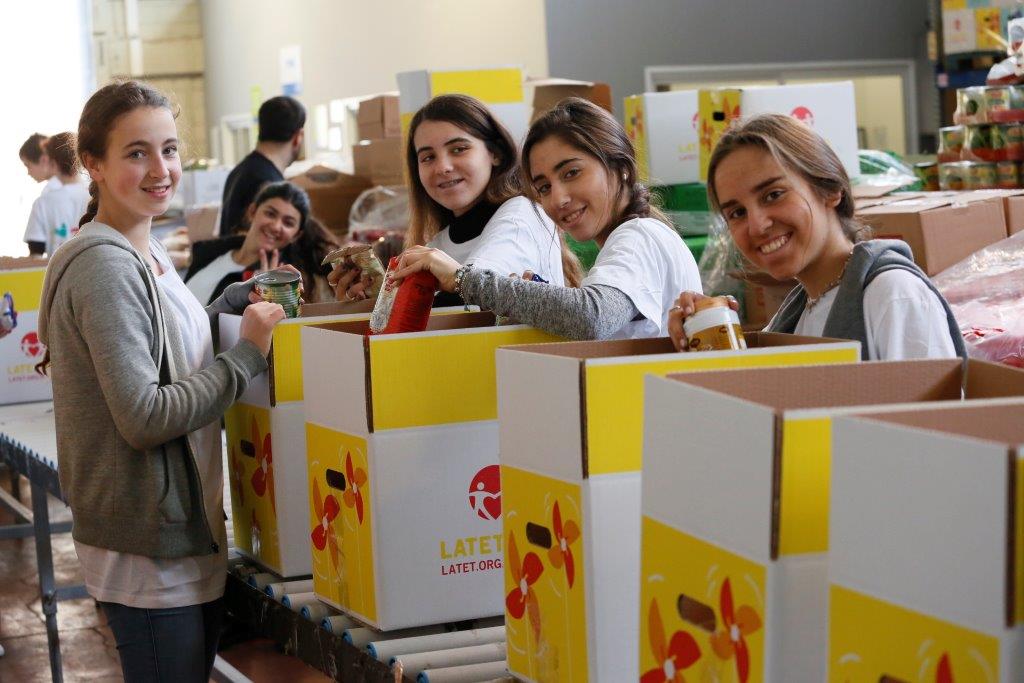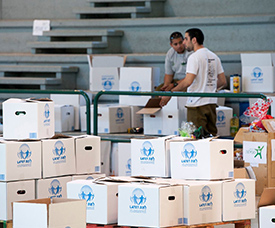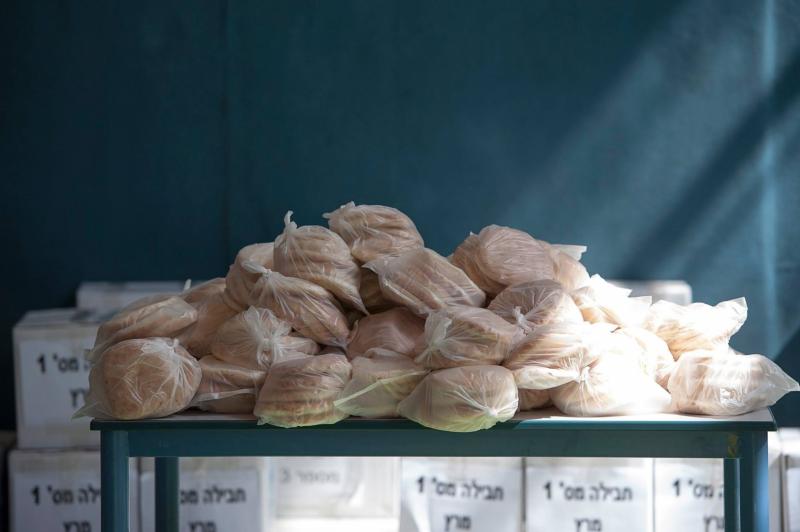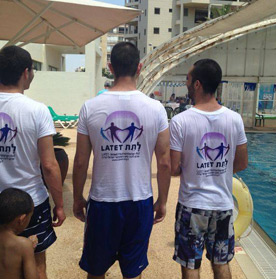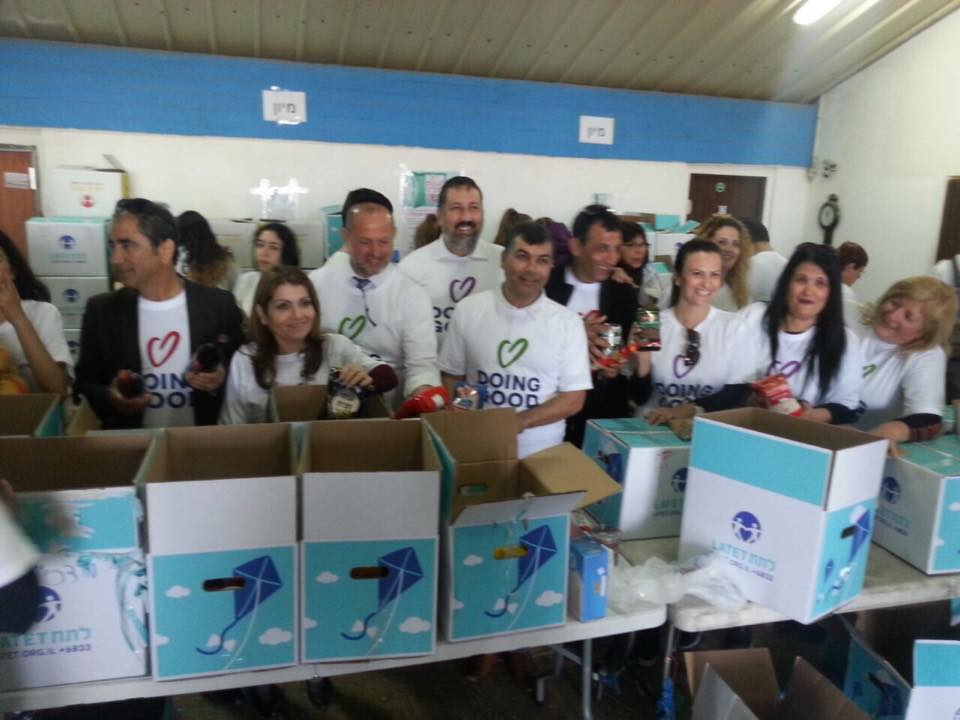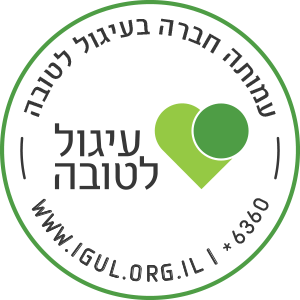The first cooking workshop for the children of "City without Hunger" was held and they all had a blast!
Read MoreCity Without Hunger
An innovative, ground breaking social initiative, proposing an effective and sustainable model to solve the problem of nutritional insecurity in Israel. The initiative acts to implement a municipal model that can be replicated throughout the country.
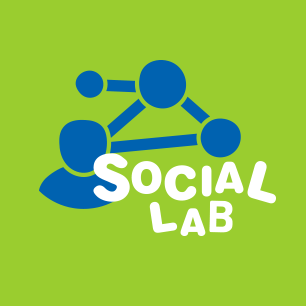
Social Lab
Channels of Influence:
The response given today to the population suffering from nutritional insecurity is partial at best and depends on the limited resources of nonprofit organizations. At the municipal level, there is no cohesive body responsible for monitoring the problem, pooling resources or coordinating the required response.
The “City Without Hunger” project was established to make a significant change and to bring sustainable solution to the forefront.
Model and structure:
The initiative’s plan of action is based on a bottom-up approach. We understand that a process that is built for a distinct population in a defined geographic area, uses a multidimensional tool box, motivates the residents, re-organizes and adds required resources can make a significant change. It can bring about a solution that can be implemented and replicated (with necessary adaptations) nationwide.
The guiding principles of the project:
The guiding principles of the project:
- Full cooperation – Between Latet, the local municipality, and other relevant agents active in the location
- Population mapping – Mapping and dividing the population into secondary groups and formulating the necessary responses
- Multidimensional tool box – GIving a variety of responses to meet different needs
- Creating a commitment to the process by the recipients – Participation in the processes to reduce their dependency on aid
- Leveraging, pooling and re-organization of existing community resources
- Involvement of residents and community empowerment – Recruiting and mobilizing the residents as agents of change in their city
The project will provide a full response to the problem of nutritional insecurity in the city in a number of channels:
- Core food services
- Applying rights and budget management
- Tools for escaping nutritional insecurity
Channels of Influence:
- The program succeeds in making a change through the following channels of influence:Creating a new social order through implementation of an effective, innovative model
- Positive impact on the quality of life of families: health, education, employment, etc.
- Strengthening social solidarity, mutual responsibility and local leadership by mobilizing volunteers, residents, aid organizations, companies and investors
קוד אתי
Channels of Influence:
The response given today to the population suffering from nutritional insecurity is partial at best and depends on the limited resources of nonprofit organizations. At the municipal level, there is no cohesive body responsible for monitoring the problem, pooling resources or coordinating the required response.
The “City Without Hunger” project was established to make a significant change and to bring sustainable solution to the forefront.
Model and structure:
The initiative’s plan of action is based on a bottom-up approach. We understand that a process that is built for a distinct population in a defined geographic area, uses a multidimensional tool box, motivates the residents, re-organizes and adds required resources can make a significant change. It can bring about a solution that can be implemented and replicated (with necessary adaptations) nationwide.
The guiding principles of the project:
The guiding principles of the project:
- Full cooperation – Between Latet, the local municipality, and other relevant agents active in the location
- Population mapping – Mapping and dividing the population into secondary groups and formulating the necessary responses
- Multidimensional tool box – GIving a variety of responses to meet different needs
- Creating a commitment to the process by the recipients – Participation in the processes to reduce their dependency on aid
- Leveraging, pooling and re-organization of existing community resources
- Involvement of residents and community empowerment – Recruiting and mobilizing the residents as agents of change in their city
The project will provide a full response to the problem of nutritional insecurity in the city in a number of channels:
- Core food services
- Applying rights and budget management
- Tools for escaping nutritional insecurity
Channels of Influence:
- The program succeeds in making a change through the following channels of influence:Creating a new social order through implementation of an effective, innovative model
- Positive impact on the quality of life of families: health, education, employment, etc.
- Strengthening social solidarity, mutual responsibility and local leadership by mobilizing volunteers, residents, aid organizations, companies and investors
